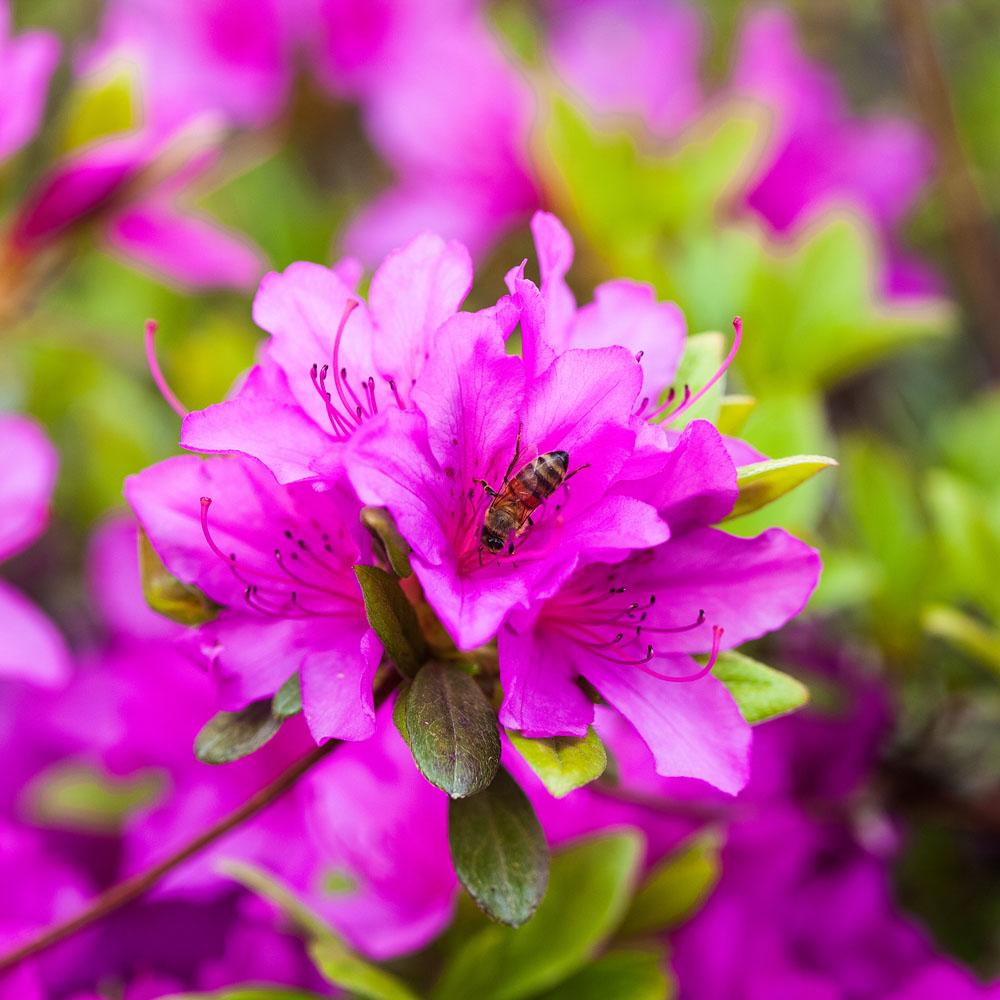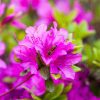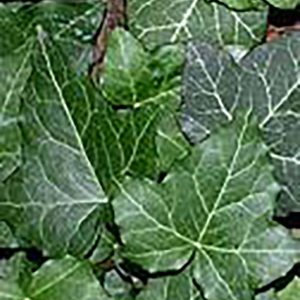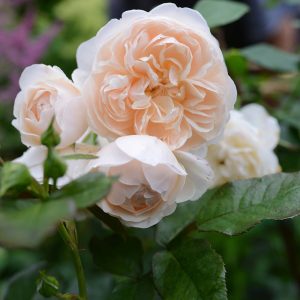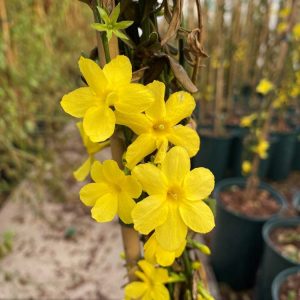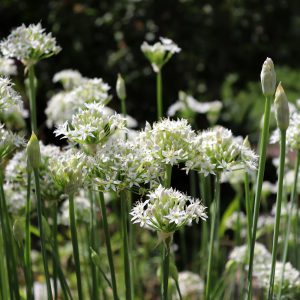Description
Rhododendron ‘Geisha Purple’ is an evergreen azalea that grows up to 60cm in height. It has a dense and compact habit, with small ovate leaves that start out bright green and mature to a darker shade of green. In late spring, this azalea produces clusters of dark lavender pink flowers that add a beautiful pop of color to any garden. To complement this beautiful shrub, you can plant it alongside other acid-loving plants such as azaleas, camellias, and hydrangeas. The foliage of ferns or heucheras can also add a nice contrast to the glossy green leaves of the rhododendron. For a more natural look, you could also plant it with other woodland plants such as astilbes, hostas, and bleeding hearts. It is important to note that rhododendrons prefer well-draining soil that is rich in organic matter and is slightly acidic. Regular watering and fertilization will also ensure healthy growth and beautiful blooms.
Key Facts
- Common Name(s):Azalea ‘Geisha Purple’
- Hardiness:Fully hardy
- How big will I get? Rhododendron ‘Geisha Purple’ can grow to a height of 0.6m and a spread of 0.6m.
- Did You Know That:Rhododendrons belong to the heath family and are related to blueberries, cranberries, and heathers?
Plant Calendar
A rough guide to how this plant will change through the year.
| Jan | Feb | Mar | Apr | May | June | July | Aug | Sept | Oct | Nov | Dec | |
| Flowering Time |  |
|||||||||||
| Foliage Colour |  |
 |
 |
 |
 |
 |
 |
 |
 |
 |
 |
 |
| J | F | M | A | M | J | J | A | S | O | N | D |
 |
|||||||||||
 |
 |
 |
 |
 |
 |
 |
 |
 |
 |
 |
 |
Care Guide

Soil Requirements
Rhododendron ‘Geisha Purple’ prefers moist but well-draining soil. This plant requires acidic soil to thrive and cannot grow in neutral or alkaline soil conditions.

Best Position
Rhododendron ‘Geisha Purple’ prefers a sheltered position and likes the sun but not too much of it, so an area that is partially shaded is perfect.

Maintenance
Rhododendron ‘Geisha Purple’ is fairly low maintenance and doesn’t require any pruning.

Pest, Diseases and Wildlife
Rhododendron ‘Geisha Purple’ can have problems with scale insects, caterpillars, vine weevil and aphids, it can be vulnerable to certain diseases such as powdery mildews, honey fungus and silver leaf. It is also known to attract bees and butterflies. It is considered to be toxic.
